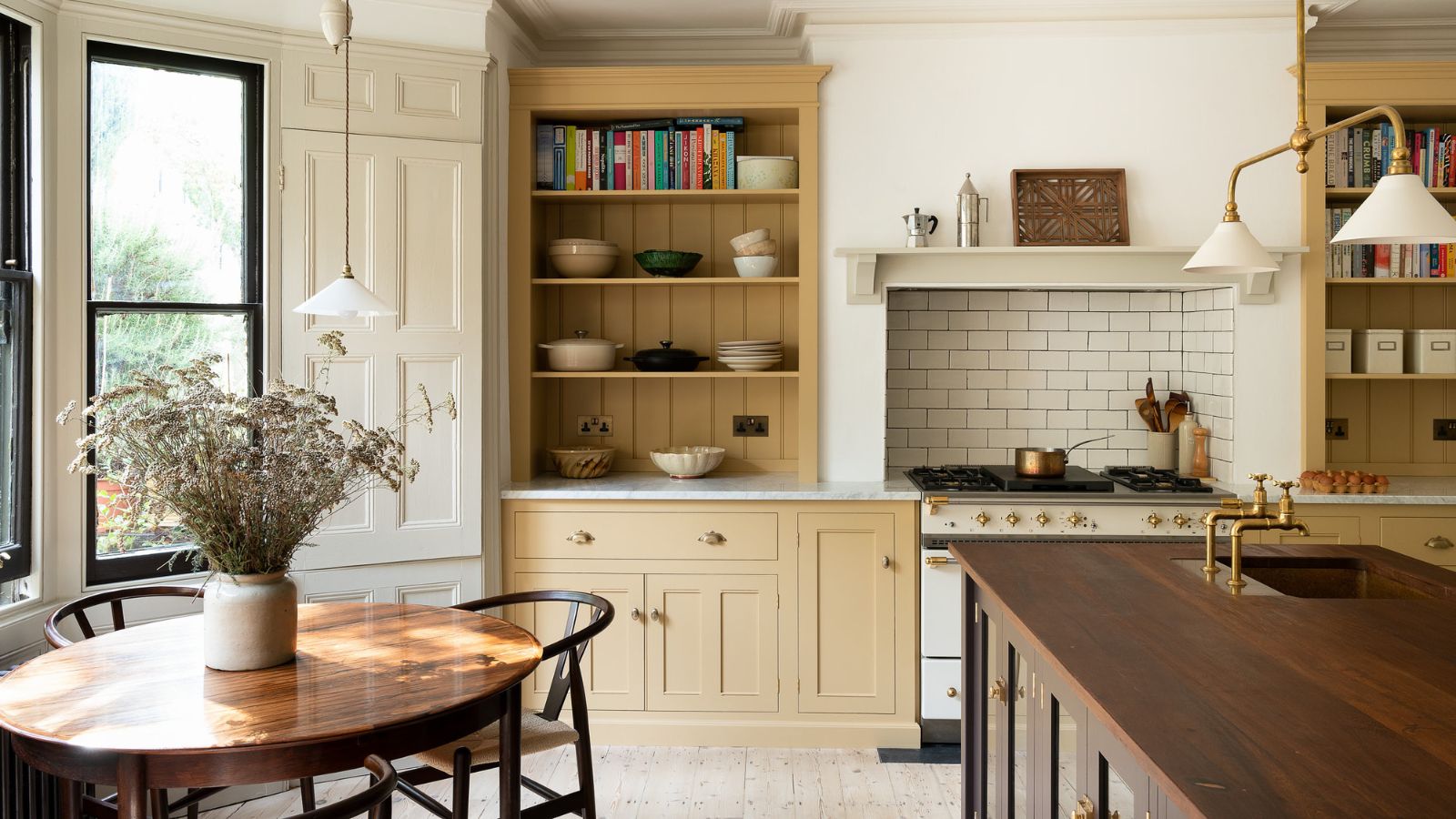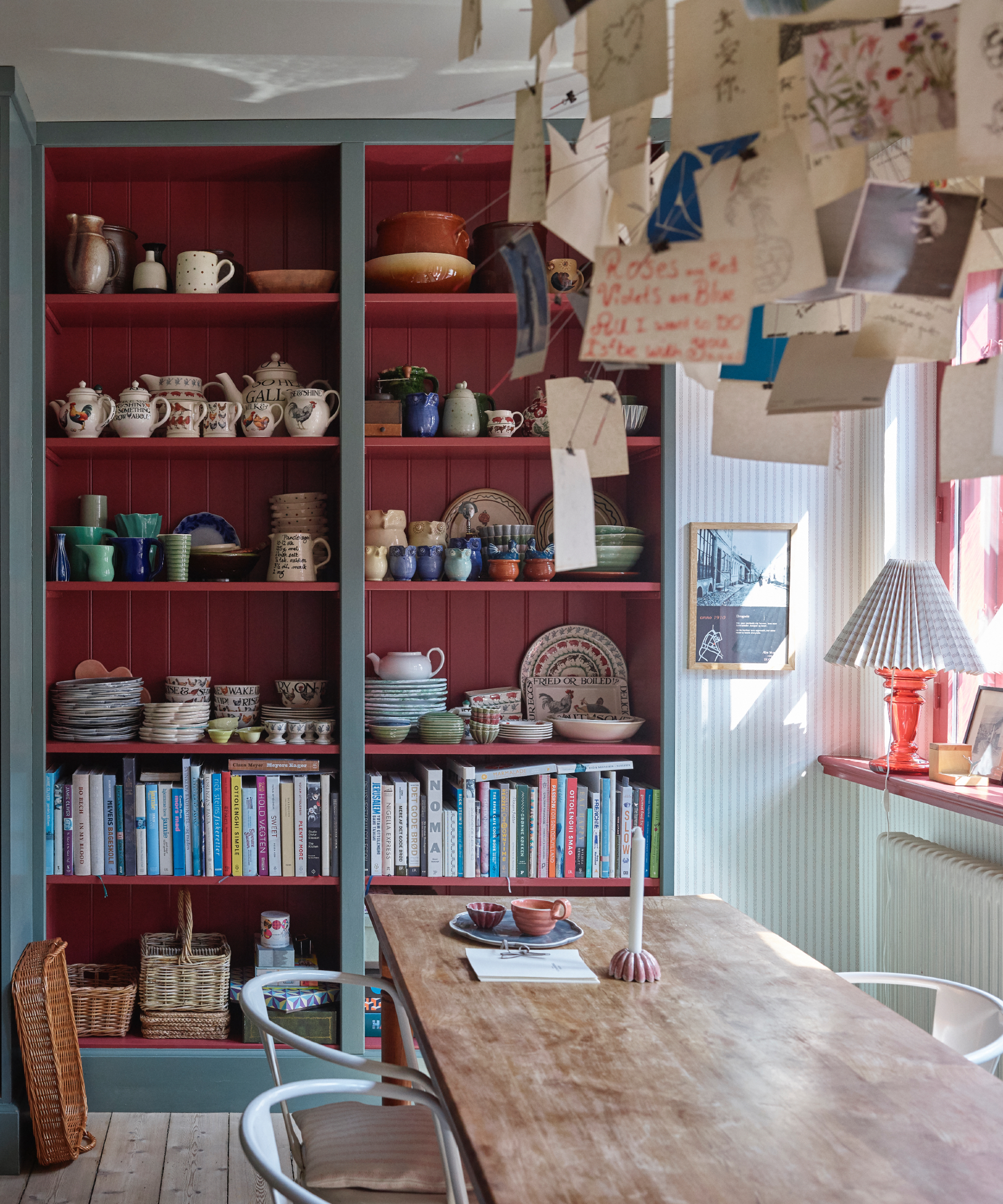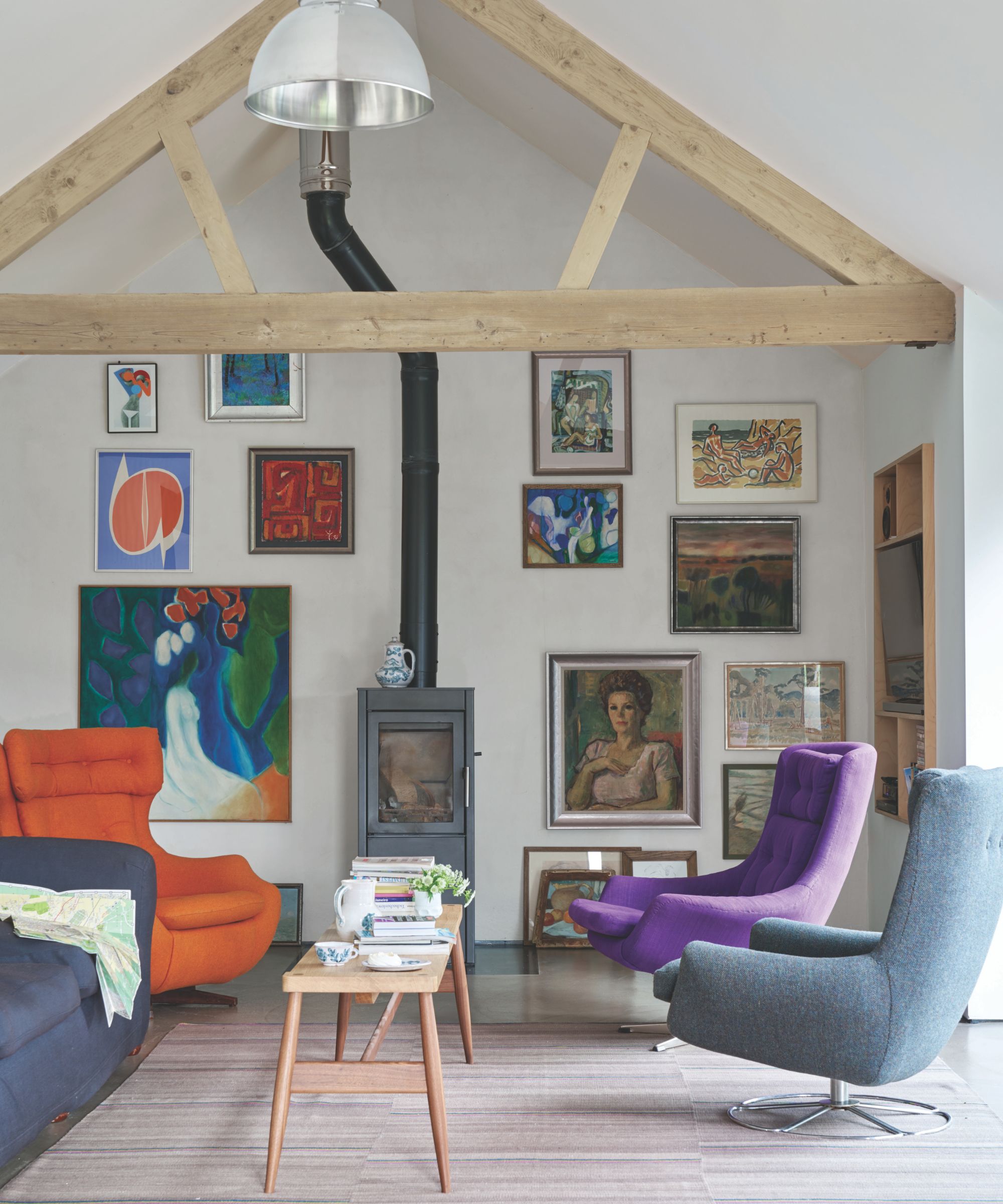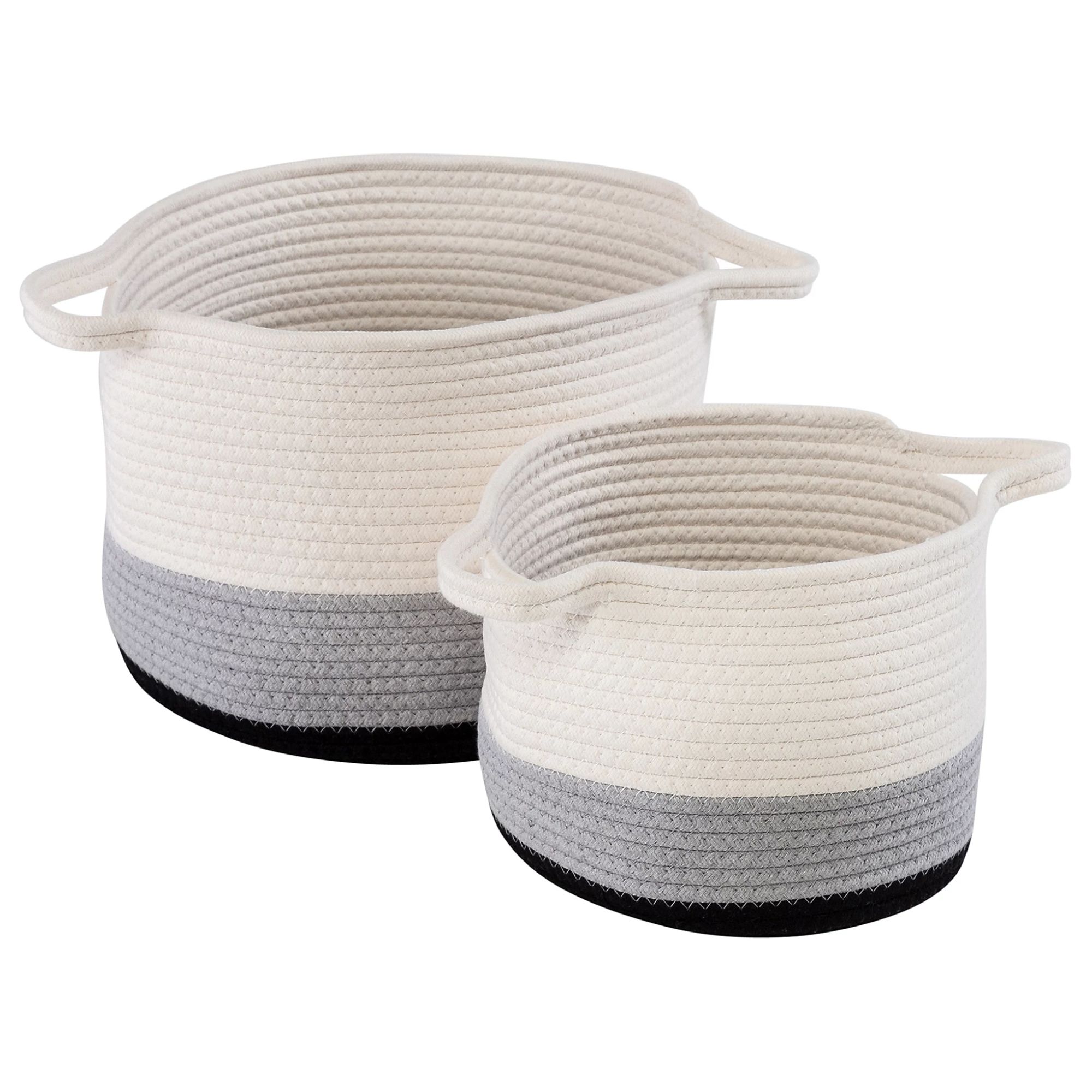Are micro-resets the key to a tidy home? 'Tiny pockets of time here and there add up to big changes,' say professional organizers
Our experts reveal tips for maximizing your micro-resets and avoiding overwhelm


Is anyone ever truly on top of their tidying? Whether it's shoes left by the front door rather than placed back on the rack, books lying open on the sofa, or clothes overflowing from closets and drawers, keeping a tidy home is an ongoing process that requires an ongoing commitment and time.
But, does it? Our professional organizers say quick, micro-resets are the key to a tidy home without the hassle.
These home organizing ideas will make tiny tidying tasks work for you so you can easily keep on top of tidying, even when you're short on time.
Are micro-resets the key to a tidy home?
We've all made the excuse of 'I don't have time' when it comes to tidying. All too often, though, this leads to tasks never being done to-do lists growing longer.
Courtney Cummings, owner at The Stylish Organizer, says, 'By committing to small increments of time to declutter and reset our homes during the day or evening, you begin to take back control of your space without a lot of effort. Tiny pockets of time here and there for micro resets add up to big changes. And big changes can have a tremendous impact on how we live. Try it and see!'
But, does a tidy and clean house make you happier? Courtney adds, 'Resetting our space can have a dramatic effect on our mental and physical well-being. When we are constantly bombarded with clutter, our brains go into overdrive and our anxiety levels increase.'
'By committing to small increments of time to declutter and reset our homes during the day or evening, you begin to take back control of your space without a lot of effort. Tiny pockets of time here and there add up to big changes. And big changes can have a tremendous impact on how we live. Try it and see!'
Design expertise in your inbox – from inspiring decorating ideas and beautiful celebrity homes to practical gardening advice and shopping round-ups.
Undoubtedly, whether you're decluttering and organizing an entire house, or just have a particular room or small area to focus on, segmenting the project into bite-sized pieces makes it easier to manage – and more likely to be completed.
What's more, there are so many tried and tested methods in our Decluttering Library, many of which focus on using small amounts of time to their full potential, such as the brutal five second decluttering rule, or the slightly less extreme two minute decluttering rule.
'Just a small space or a limited window of time seems much more doable to the average person,' adds Cummings. 'We can also even do these things while we are completing our regular everyday tasks.'
For example, while your pasta water boils or the oven heats up, why not take 10 minutes to organize your kitchen utensils, suggests Cummings, which are also great pockets of time to try micro-organizing, too. 'By making these small adjustments, we are altering our routines and behaviors towards a path to a tidier and less stressful home,' she continues.

For Ben Soreff, professional organizer at House to Home Organizing, the beauty in micro-resets is the allowance it makes for breaks.
'Typically, a micro-reset involves stopping your task and taking a walk, doing breathing exercises, or even stretching,' he says, making it easier to break the stages of clutter without becoming overwhelmed. 'A micro-reset factors in your time constraints.
'While a select few organizing projects can be tackled during a micro-reset, like taking out the recycling or putting a book back on the shelf, many are going to take hours. In these cases, setting up the project in stages takes into account that which you can't finish,' or might find you are unable to once you embark on the task.
For example, when taking on larger tasks like overhauling and organizing a garage, micro-resets allow you to keep track of where you are in the project, knowing that you will have to keep coming back to it at different times.
'This means creating clear zones, including categories for donation, and elsewhere in the house,' adds Soreff. 'You want to be able to come back and know exactly what the next step is.'
How to micro-reset your space

Organizational expert Cummings advises, 'Set a timer for 10 to 15 minutes and tackle one small space,' like a cabinet, a shelf, or conquering the dreaded junk drawer. 'Keep it small in the beginning. Look around to see what doesn't belong in that space.'
Then, simply grab those items and return them to their rightful homes, and designate homes for any items that haven't previously had one. Then, return to your space and begin to "reset" it.
'Re-stack your dinner plates in that cabinet, fold your dish towels neatly in the drawer, and fix those baskets or bins on the shelf,' continues Cummings. 'Get things back in order. Do your best to maintain focus for the full 10-15 minutes without distractions or getting stuck. Just dive right in!'
Then, use these little-micro-resets as a confidence boost to carry on throughout your home, using these small pockets of time to make any large project more palatable.
'Once you have made it through all of your spaces, it is so much easier to maintain and you begin to look for those in-between times when you can fold that blanket, fluff those cushions to fix sagging couch cushions, or do laundry,' adds Cummings. 'Be sure to celebrate your successes, too!'
In general, Cummings recommends keeping a large basket on hand, to corral items into one place and keep track of what needs to be put away. 'The Mkono Woven Storage Basket available at Amazon is a great size and looks beautiful in any space,' she says.
How often should you micro-reset your home?

The key to micro-resetting is little and often, integrating them into natural transition points in your day, says Cara Palmer, founder of OrganizeEveryRoom.com.
For example, in the morning, take the time to micro-reset after getting ready for the day, around midday tidy your kitchen after lunch, and before bedtime make a final house walk-through part of your closing shift routine.
'I recommend setting up "trigger moments,"' advises Palmer. 'For example, when you finish your coffee, that's the signal to reset the kitchen.'
Punteha van Terheyden, head of Solved suffers chronic pain, fatigue and has limited mobility. She uses micro-resets as part of her adaptive pacing when cleaning daily to avoid injury or increased pain. She adds, 'I use them multiple times a day, including when I finish work. I tidy up my desk and make sure it's ready for use the next morning and the same goes for my vanity table.'
FAQs
What is a cleaning reset?
A cleaning reset is all about taking time to reset your space and set yourself up for a successful week, which is why most people prefer to do it on a Sunday.
That way, you start your week in a clean and clutter-free space that won't effect your mood or mental state. Contributing editor Seraphina Di Mizzurati says a Sunday reset changed her week, so taking the time to perfect your Sunday reset is well worth your while.
Why do I struggle to keep my house tidy?
Most of the time, people struggle to keep their house tidy due to a lack of time, which is why micro-resets are so effective. You might also find it difficult to clean when feeling overwhelmed, or to declutter your home when you feel overwhelmed, both of which can be avoided by adopting a little and often approach.
Interested in getting started but not quite convinced? Our experts explain why you should try micro-decluttering, and how easy it really is to incorporate into your daily routine.

Ottilie joined Homes & Gardens last year, after finishing a Master's in Magazine Journalism at City, University of London. With previous contributions in Livingetc and Motorsport Magazine, she produces content for the Solved section on the website, focusing on clever tips and tricks to keep your home beautiful, organized, and clean, with particular expertise on all things home fragrance. She also has a Master's degree in English Literature and History of Art from the University of Edinburgh, where she developed a love for inspiring interiors and architecture.
